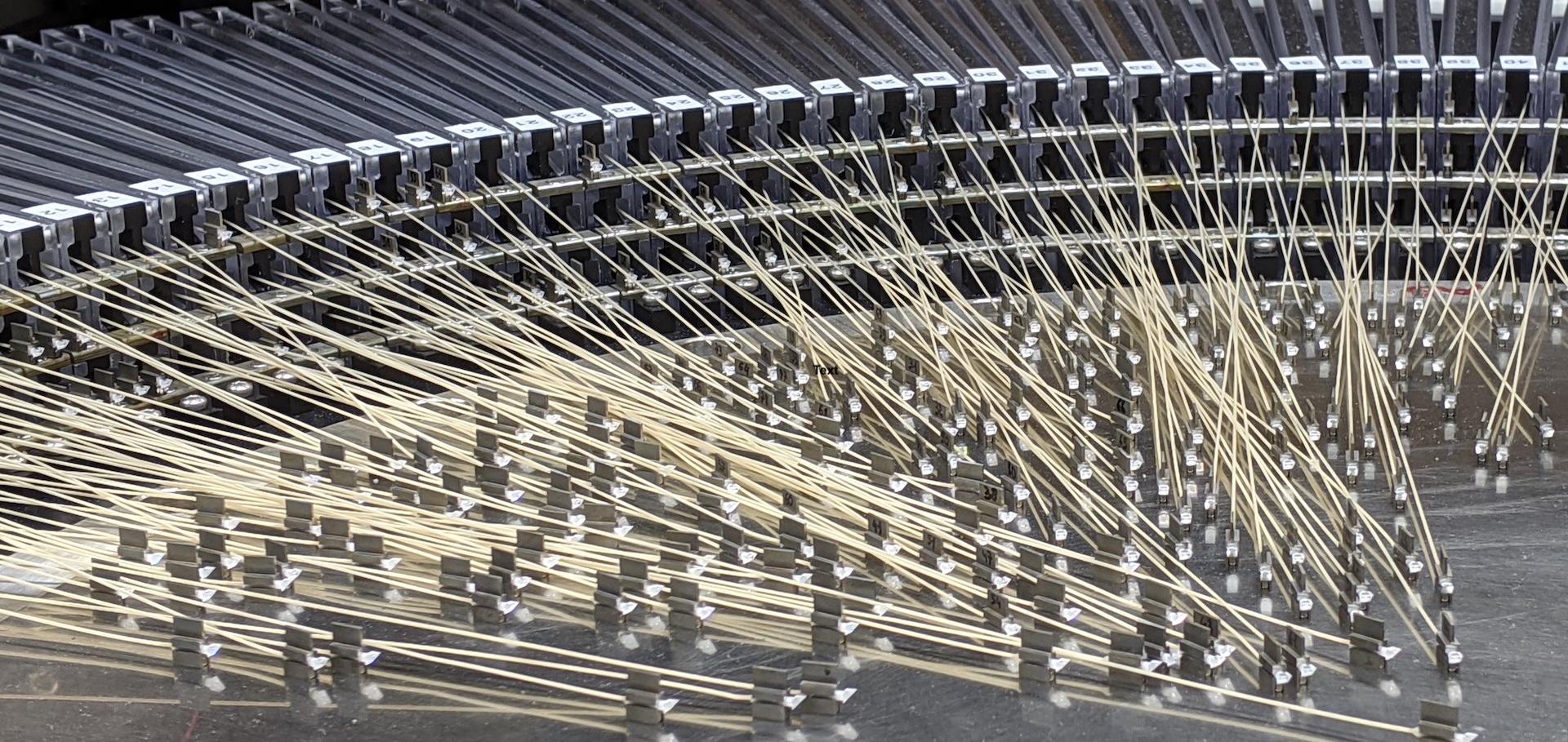A multi-object, multi-field spectrometer and imager for a European ELT
(2006)
The star formation rate at redshift one: H-alpha spectroscopy with CIRPASS
(2006)
Measuring the star formation rate of the universe at z ∼ 1 from Hα with multi-object near-infrared spectroscopy
Proceedings of the International Astronomical Union 2:S235 (2006) 394
Abstract:
We have demonstrated the first near-infrared multi-object spectrograph, CIRPASS, on the 4.2-m William Herschel Telescope (WHT) and the 3.9-m Anglo-Australian Telescope. We have conducted an H survey of 38 0.77 < z < 1 galaxies over ∼100 arcmin2 of the Hubble Deep Field North and Flanking Fields, to determine star formation rates (SFRs) using CIRPASS on the WHT. This represents the first successful application of this technique to observing high redshift galaxies (Doherty et al. 2004). Stacking the spectra in the rest-frame, we find a lower limit (uncorrected for dust reddening) on the star formation rate density at redshift z = 1 of 0.04 M yr1 Mpc 3 (Doherty et al. 2006). This implies rapid evolution in the star formation rate density from z = 0 to z = 1 which is proportional to (1 + z) 3.1. We intend to extend our work with FMOS on Subaru as the evolSMURF project (the Evolution of Star-formation and Metallicity in the Universe at high Redshift with FMOS). This will represent nearly two orders-of-magnitude improvement on previous work, and for the first time will provide a sample of sufficient size to measure accurately the H luminosity function, and so determine the global star formation rate using the same indicator as used in local surveys. Using [O II]3727 , H, [O III] 5007 and H redshifted into the z, J & H bands, we can chart the star formation history over 70% of the age of the Universe, affording complete coverage up to z = 1.6 with the same well-understood diagnostics. The line ratios will also allow the extinction and metallicity to be measured at z>1. This will resolve one of the long-standing puzzles in extragalactic astrophysics the true evolution of the Madau-Lilly diagram of star formation density. © 2007 International Astronomical Union.The star formation rate at redshift one: Ha spectroscopy with CIRPASS
Monthly Notices of the Royal Astronomical Society 370:1 (2006) 331-342
Abstract:
We have conducted an Hα survey of 38 0.77 < z < 1 galaxies over ∼100arcmin2 of the Hubble Deep Field-North and Flanking Fields, to determine star formation rates (SFRs), with the near-IR multi-object spectrograph Cambridge Infrared Panoramic Survey Spectrograph (CIRPASS) on the William Herschel Telescope (WHT). This represents the first successful application of this technique to observing high-redshift galaxies. Stacking the spectra in the rest frame to infer a total SFR for the field, we find a lower limit (uncorrected for dust reddening) on the SFR density at redshift z = 1 of 0.04 M⊙ yr-1 Mpc-3. This implies rapid evolution in the SFR density from z = 0 to 1 which is proportional to (1+ z)3.1 © 2006 RAS.Galaxy clusters at 0.6 < z < 1.4 in the UKIDSS Ultra Deep Survey Early Data Release
MONTHLY NOTICES OF THE ROYAL ASTRONOMICAL SOCIETY 373:1 (2006) L26-L30


